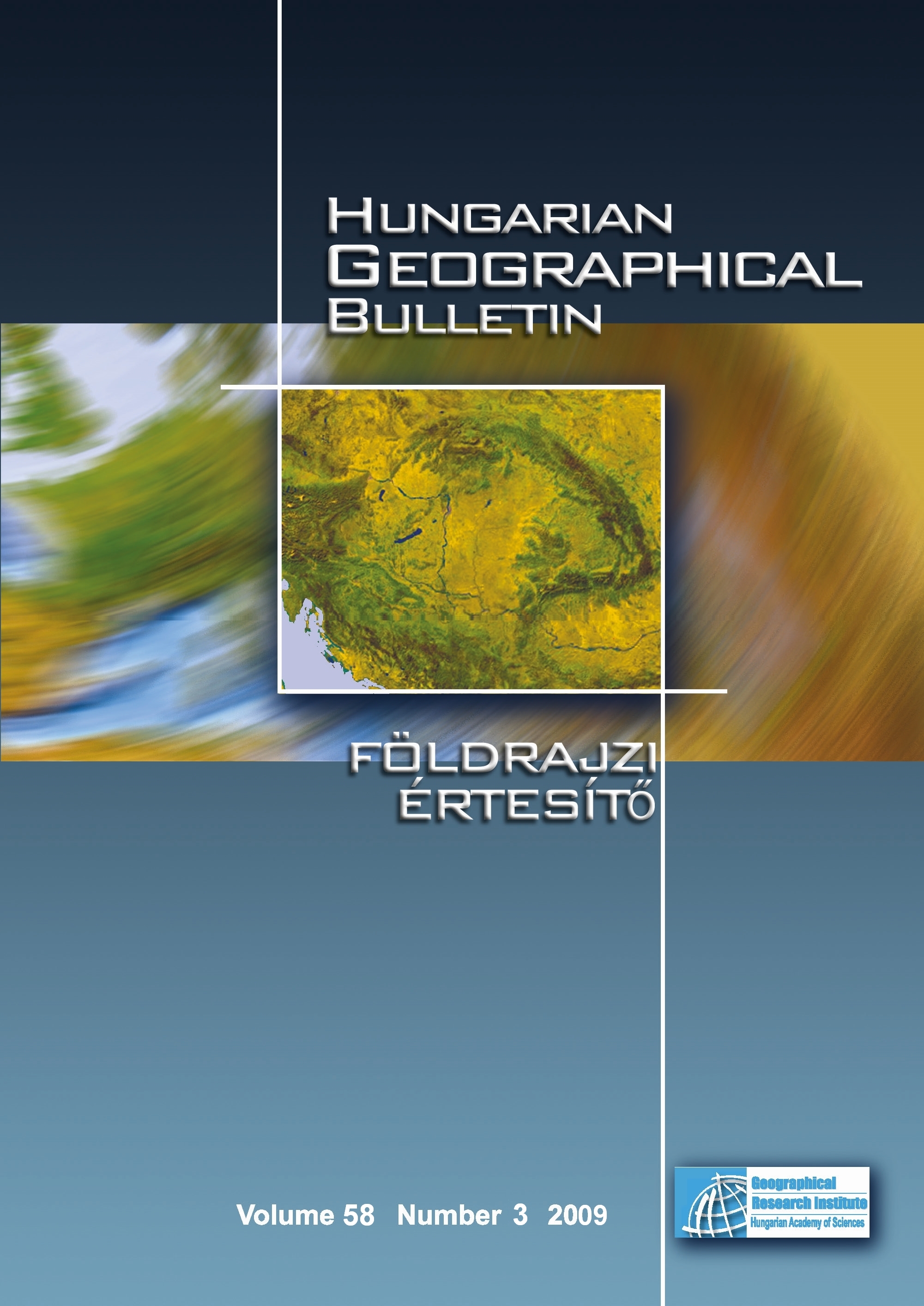Housing preferences and the image of inner city neighbourhoods in Budapest
Abstract
The study presents an analysis of inner-city neighbourhoods of Budapest. The major findings are as follows: (1) The real estate prices increased in all parts of the inner-city in the last decade but the rate of change was varied. The most deteriorated quarters rapidly developed because of the reconstructions and the new constructions, however the highest prices are still recorded in the traditionally most prestigious neighbourhoods. (2) The social structure of the inner city signifi cantly changed. The new inhabitants – who moved to the inner city after 2000 – are younger, more educated than the traditional inhabitants who did not leave the inner-city after 1990. The reasons for moving into the inner-city are different in the two groups. The location became the most important factor, and some special quarter related reasons emerged (good reputation). (3) The inhabitant’s views about the inner-city also transformed, mainly because the housing preferences of the old and new inhabitants are different. The older inhabitants have a more critical attitude toward the inner-city than the new ones. The family house in the suburban greenbelt is their most preferred housing type. The satisfaction with the neighbourhoods depends on mostly the condition of buildings and the new functions of the quarters. The emergence of different social groups in the neighbourhood is already perceived by the local population.
Copyright (c) 2009 Eszter Berényi B., Balázs Szabó

This work is licensed under a Creative Commons Attribution-NonCommercial-NoDerivatives 4.0 International License.






